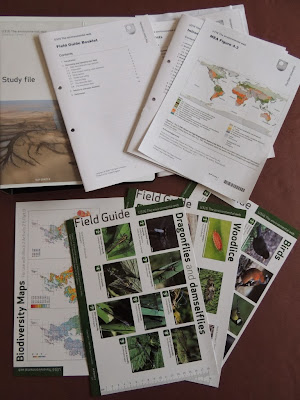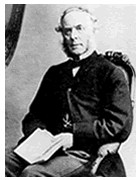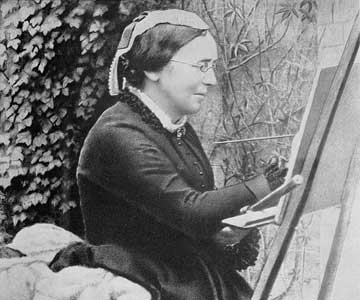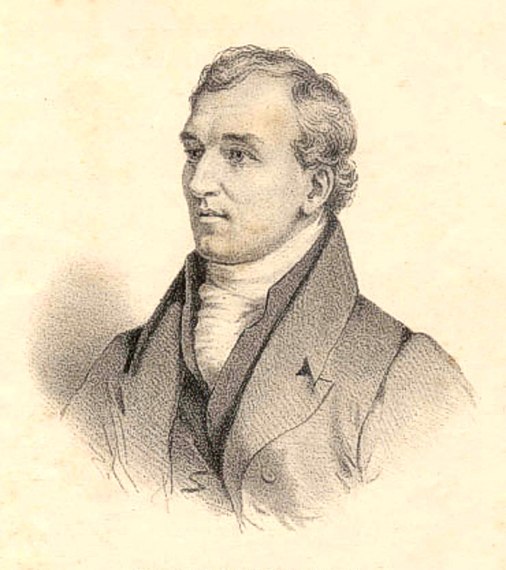The idea of this blog post have been sat in my head for a while now. Seeing the '
What to expect on Loose and Leafy' post and that it's World Mental Health Day has spurred me into action.
If you follow my blog you've probably noticed that for a blog entitled
notes of nature, there aren't many notes! There are lots of photos and some basic information, then once in a while there will be an attempt at a note, either scientific or nature writing. There's a reason why the blog has a high ratio of photos compared to writing.
As some of you many know, in January 2012 the world stopped, well my world stopped. I woke up one morning and I literally couldn't do anything. Well I managed to get my shirt on for work, but couldn't manage the tie. Incredibly disappointed with myself, I called work and told them I couldn't come in today. My girlfriend (now fiancée *yay*), Lucy, managed to get me in at the doctors and took me there. The doctor immediately signed me off.
Over the next few weeks nothing happened. I couldn't do anything. Physically and mentally drained and in lots of pain. My doctor diagnosed me with depression. After more time, I underwent counselling and then CBT for many months. Here's the graph that shows the results to answers to the standard questionnaires that are required to be filled in after each session.
The graph shows my social phobia (at the top) and depression (at the bottom) scores. For depression I'm told it shows my going from major depression to mild depression. With CBT and finding (after many attempts) the right medication, I've been able to stabilise at mild depression.
One of the things that helped me find inspiration for life again was taking photographs of flowers. I don't really know what made me start, but after a while it was all I could think about. I couldn't drive any more due to fatigue and headaches, so I would spend every car journey looking out at the road verges for flowers. This led to a passion for plants; photographing them, identifying them, and learning about their biology.
As the depression stabilised the tiredness and pain continued. To cut the story short, I was recently diagnosed with fibromyalgia. So I have regular appointments for physio, occupational therapy, and check ups. I feel positive that I can manage this and get back to a 'normal' life. I can't wait to get back to work and have a family - I want this to happen - managing fibromyalgia and the depression is the priority. I've found that when I replace them with other priorities - I fall back: badly.
It's a lesson I've had to learn a few times.
So, back to the focus of the blog post: what to expect on Notes of Nature.
1) Mainly photographs: Photo posts use much less energy and make me feel productive. Most of my photographs are from months ago - before all of my fibromyalgia-related appointments and starting a part-time AAT course. I will try to take some new photographs soon, but will keep posting the old ones until I run out.
2) Expect some gaps in posting. Some would say that's a good thing! When my photographs run out, I will try to make some profiles for the plants already on the blog - but this will take time.
3) Book reviews: As I can manage the fibromyalgia better I will be able to read more nature and plant books and will review them as I have in the past.
4) Science writing: I will try to write four posts per year on plant science - I've already done my four for this year, so the next will be in the first quarter of 2014. If you have any suggestions - let me know in the comments!
5) Desktop calendar photos: Jessica Burke who writes the
Moss Plants and More blog makes calendar images from her moss photographs and I hope she won't mind if I do the same with my plant photographs. We're already into October, but I'll post one for this month anyway - to get me going!
6) Nature writing: As I am able to get out more again,I'll blog about some of the places I go. Sometimes it may well be a post about something nature I see down the street - but sometimes they're the most interesting places!
I think that's about it. I've probably missed something, but if so I'll make a new post and link back to this!
If you've got this far - thank you - while I always feel I'd continue the blog even if nobody reads it, it's always so nice and appreciated when people comment.
For more information on depression, see this video:
For more information on fibromyalgia, see this video:














































